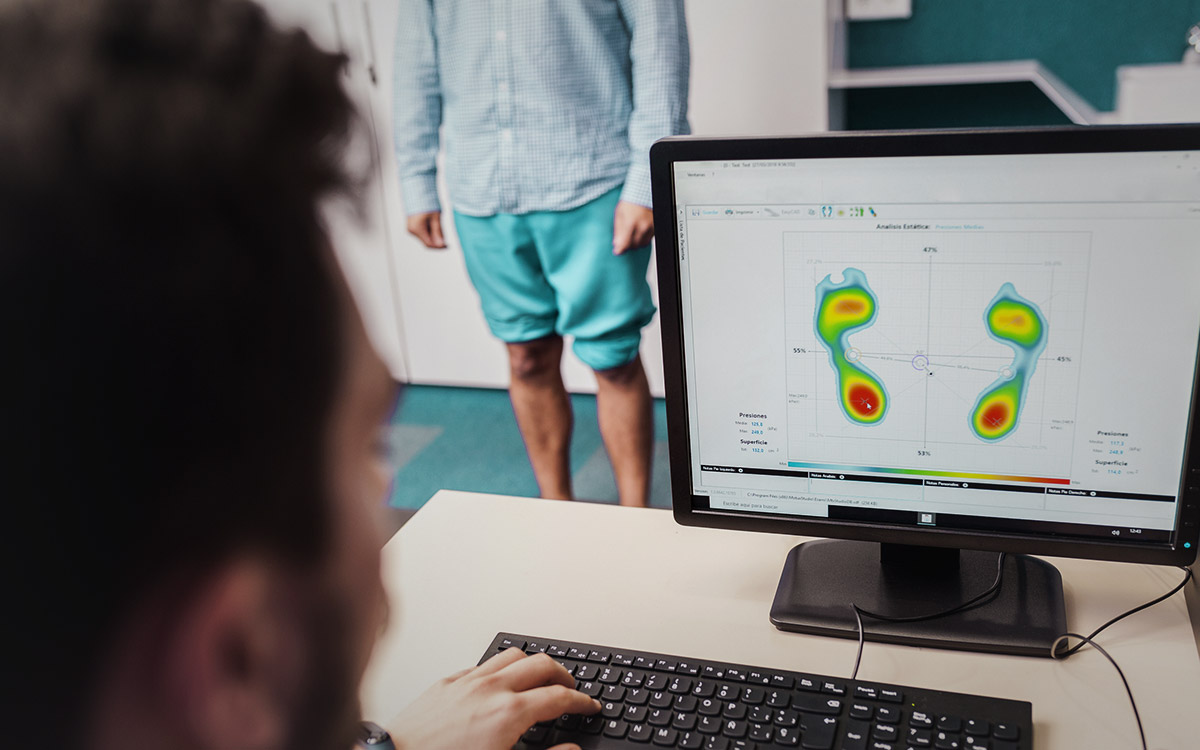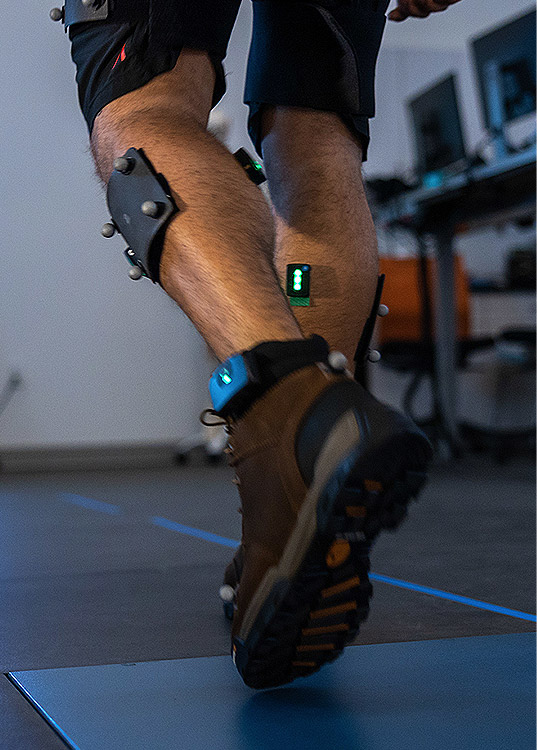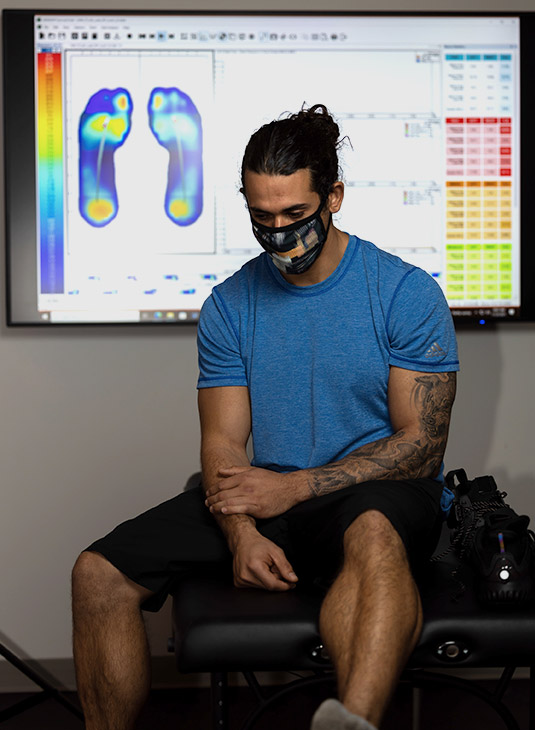What Custom Orthotics Can Teach Us About Everyday Footwear Design
Orthotics have many benefits, and orthotic-inspired insoles allow footwear brands to deliver those benefits right out of the box.

What’s the value of a foot scan when it comes to ergonomic shape? A lot.
We know ergonomics are important because it means your footwear is designed with specific human factors in mind. Your customers look for ergonomic footwear to support their lifestyle and activities, but what about the insole?
Customers often seek aftermarket insoles to meet anti-fatigue or comfort needs, but there is a way to wrap those ergonomic benefits into your footwear line out of the box. It all starts with a foot scan.

3D foot scans provide valuable information about human factor data (how people move during specific activities) and biomechanics (the way muscles, tissue, ligaments, and other elements of the foot are impacted by specific movement).
The type of data and information from these foot scans is obtained through a series of movement tests.
Pressure Mapping: Identify and reduce hot spots and redistribute pressure detected on the insole, resulting in reduced gait impact.
Psychometric Testing: Quantify the wearer’s levels of perceived comfort while wearing an insole.
3D Motion Capture: Track the body’s center of mass while in step to better understand human movement and how to support balance.
This data is then analyzed and applied to insole designs to create a truly ergonomic insole that can alleviate the shock and stress placed on the foot during everyday activities.
Footwear customers look for ergonomic insole solutions all the time to add greater comfort, performance, and support to their shoes.

Read More: Why Do People Need Ergonomic Insoles?
INSITE insole shapes are made with comfort in mind. The result is an insole that fits 85% of wearers, meaning footwear brands can provide a superior shoe right out of the box – no aftermarket insoles necessary to achieve the level of comfort and support your customers are looking for. From athletes to workers on their feet all day, ergonomic shape is critical for several reasons.
Ultimately, an ergonomic insole allows your customers to do more, for longer, more comfortably – in your footwear.
At INSITE, we’ve conducted more than 120,000 3D foot scans for the exact purpose of designing insoles with optimal ergonomic shape. The result is an insole that fits 85% of wearers with out-of-the-box comfort, performance, and support.
In addition to our 3D foot scans, we also utilize plantar pressure analysis as part of our ProvenComfort testing methodology. This technique allows us to visually map underfoot pressure in real time during various activities to identify “hot spots” and reduce discomfort.
As a result of this scientific and technological approach to insole design, we’ve been able to design insoles for the way people really move, whether they’re playing golf, working a long restaurant shift, or walking their dog every day.
Read More: Does Your Shoe Keep Players in the Game?
3D foot scan data combined with biomechanical insole testing has led us to create a patented data-driven shape algorithm for a truly ergonomic insole. With INSITE insoles in your footwear, your customers can wear their shoes without being held back by discomfort.
Orthotics have many benefits, and orthotic-inspired insoles allow footwear brands to deliver those benefits right out of the box.
Shock absorbing insoles could be the key to preventing lower body pain and discomfort. In this post we break down the reasons to switch and how to choose a high-quality shock absorbing insole.
Shoe brands can reduce footwear returns and increase customer loyalty by using the right insoles for enhanced comfort, performance, and support.